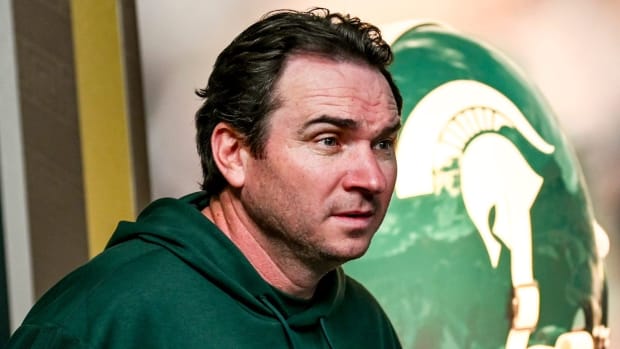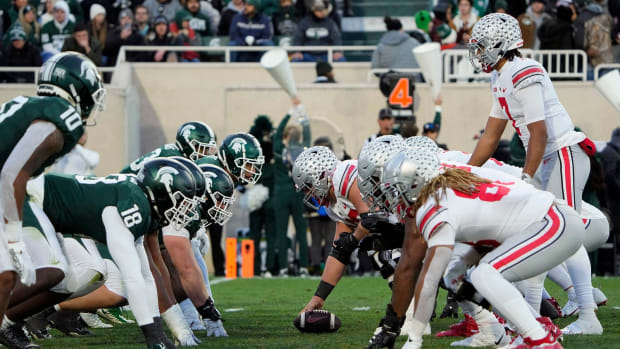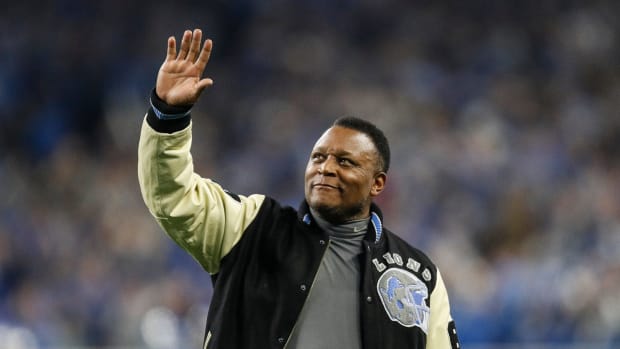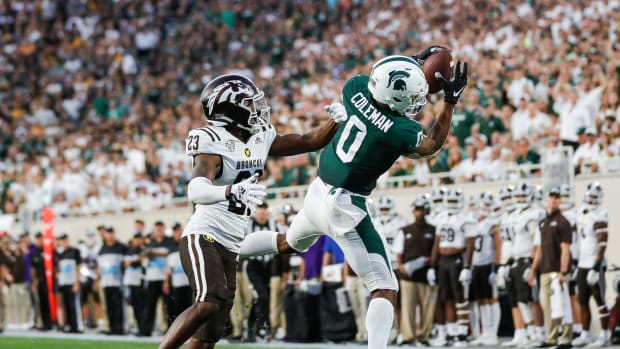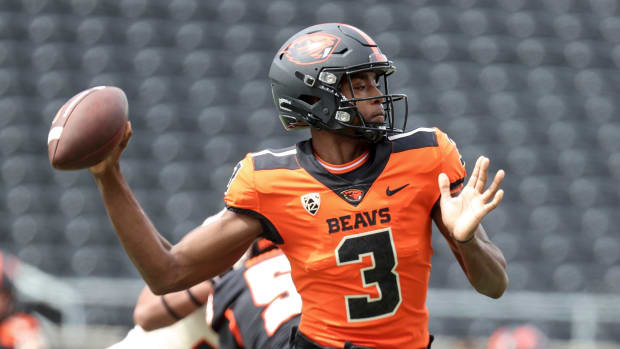Three Reasons Michigan State’s Secondary Will Improve In 2022
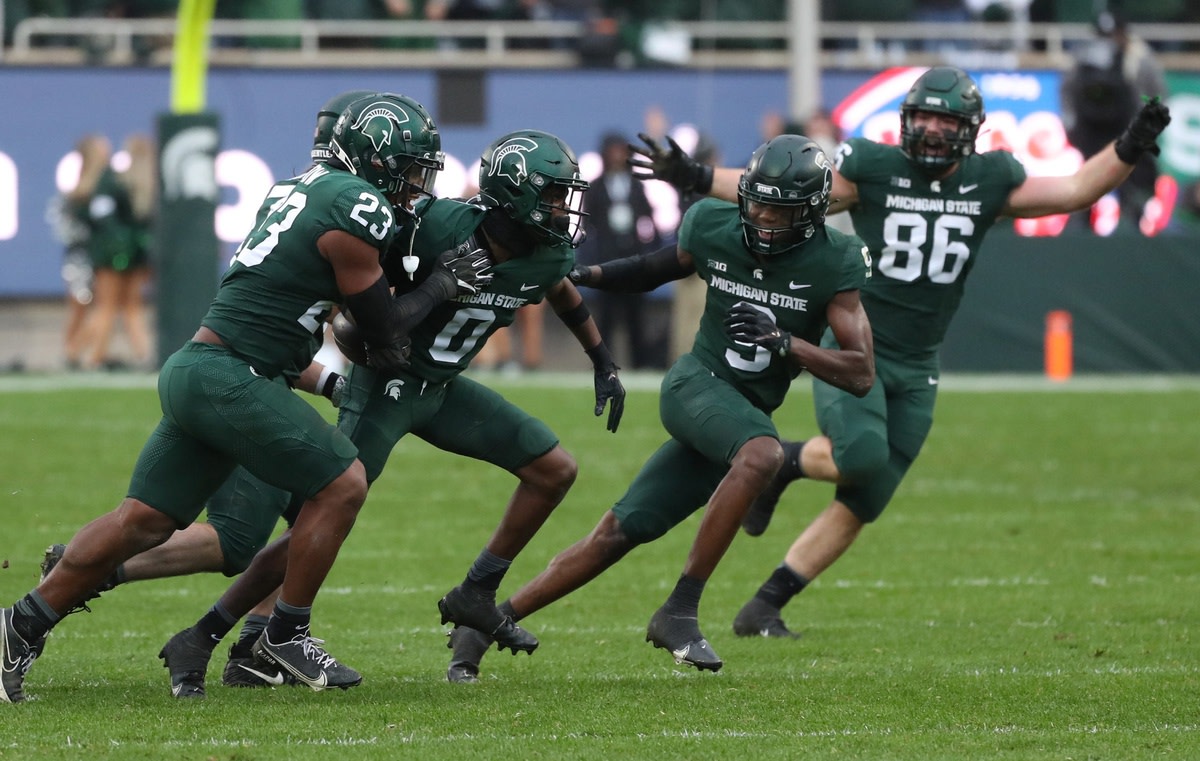
Michigan State’s fabled ‘No Fly Zone’ secondary contributed to much of the Spartans’ success between 2013-15. Michigan State finished last season as the worst passing defense in the country, so, naturally, the only direction for the Spartans to go is up. How much will MSU’s secondary improve? Can the Spartans bring back the success they once had in their secondary?
Here are three reasons why Michigan State’s defensive backfield will improve in 2022:
1. The Schedule
No other team in college football had more pass attempts thrown against them last season than Michigan State. That won’t be the case this season.
In the non-conference, the Spartans replace Western Kentucky from the 2021 schedule with Western Michigan. The Hilltoppers are one of the most pass-happy teams in the sport – they averaged the second-most pass yards in the country last season with 528.4 per game. Meanwhile, the Broncos have yet to announce their starting quarterback.
In Big Ten play, Michigan State benefits from having Illinois as a cross-divisional opponent rather than a team like Purdue. The Fighting Illini feature a run-first offense, while the Boilermakers should have one of the better passing attacks in the Big Ten with returning starting quarterback Aidan O’Connell. In 2021, Purdue averaged 424.0 pass yards per game, while Illinois averaged just 329.8 yards through the air.
Facing fewer pass-happy teams in 2022 is sure to help the Spartans' numbers, and probably their confidence as well.
2. Better Luck Staying Healthy
Michigan State’s secondary had many major and minor injuries amongst it’s defensive backs last season. Notably, freshman cornerback Chuck Brantley missed the last three games of the season after an injury against Purdue. Additionally, Chester Kimbrough, Ronald Williams and Angelo Grose each had on and off injuries throughout last season. After an offseason of training and healing, they all look to be 100 percent in practice currently.
The Spartans were hit particularly hard in the secondary by the injury bug in 2021. The law of averages indicates that MSU should have better luck in that area this coming season.
3. Another Year In The System
Head coach Mel Tucker talked about this at Big Ten Media Day.
“We’ve had a really good summer,” Tucker said. “We’ll continue to do that in fall camp. It’s more of a depth issue, and maybe experience, as opposed to just not having guys there. I feel good about our starters, we just need to build more depth.”
Michigan State’s secondary was a young group last year. Besides Xavier Henderson, almost everyone was a freshman or transfer. Tucker mentioned redshirt freshman AJ Kirk and true freshman Jaden Mangham’s progress in the spring, and they should improve in fall camp as well. Moving Darius Snow from nickel to linebacker will only make the secondary younger, but replacing power with speed was a move needed to be made.
Working in tandem with the defensive line has been another improvement the Spartans’ defensive backs have made from last season.
“We’ve got some new dudes,” Henderson said. “It takes a whole defensive effort. It takes the D-line, linebackers and secondary working together.”
With high buy-in from the team, chemistry is being built for a major comeback in the secondary.


